Chikun Grower Mash
The grower mash is aimed at achieving a higher growth rate, higher feed utilization rate, and low disease incidences for juvenile layers/pullets. It is highly balanced in nutrition and normally given to birds from 9- 16 weeks of age before the transition to pre-layer/layer feed.
Features of the Chikun feed for growers
- Second phase feed in rearing egg pullets.
- Designed to be fed from 9-16 weeks of age
- Helps in the development of optimum frame size for pullets
- Help the birds to reach sexual maturity at the correct weight for age with the correct carcass composition.
- Helps to achieve optimum flock uniformity
- Made from highly digestible ingredients
Good uniformity of particle size is essential because birds prefer bigger particles. Thus, when Mash feed is poorly produced, the dominant birds will quickly eat those bigger grain particles, while the rest of the birds will eat the finer particles. This situation can potentially create an imbalance in nutrition and consequently sub-optimal performance. This feed comes in the fine mash which makes it easy for the chicks to pick up the feed faster. With Chikun Mash, we have deployed cutting edge technologies into ensuring that there is uniformity in the particles, thereby tackling the imbalance in nutrition which is a common concern in the existing feed market.
Poultry feed
Unlike feeds for ruminants, poultry diets are usually complete feeds and supply the total daily requirements apart from water. These feed help to maximize production whether it be for eggs, meat or rearing replacements. Essentially, broiler varieties of chicken feed are denser in protein, which encourages the flock to grow bigger, faster.
Mash
- This is a loose and unprocessed version of chicken feed. Similar to the texture of potting soil, the mash is the finest variety of chicken feed commonly available. Mash is normally used for chicks, as it is easy to digest, however it is not uncommon for fully mature birds to be fed mash. The main issue with mash varieties of chicken feed is that its texture often results in an increase of incidental waste.
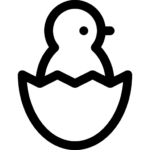
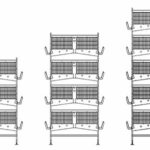
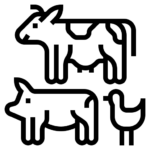
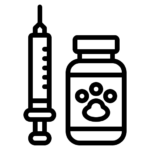
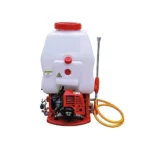
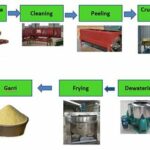
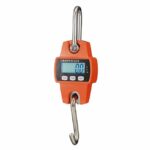
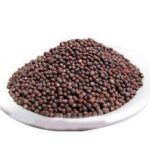
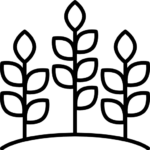
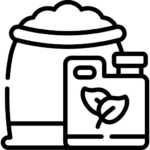
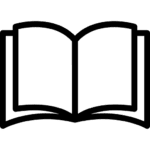

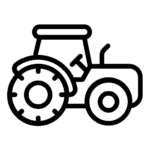
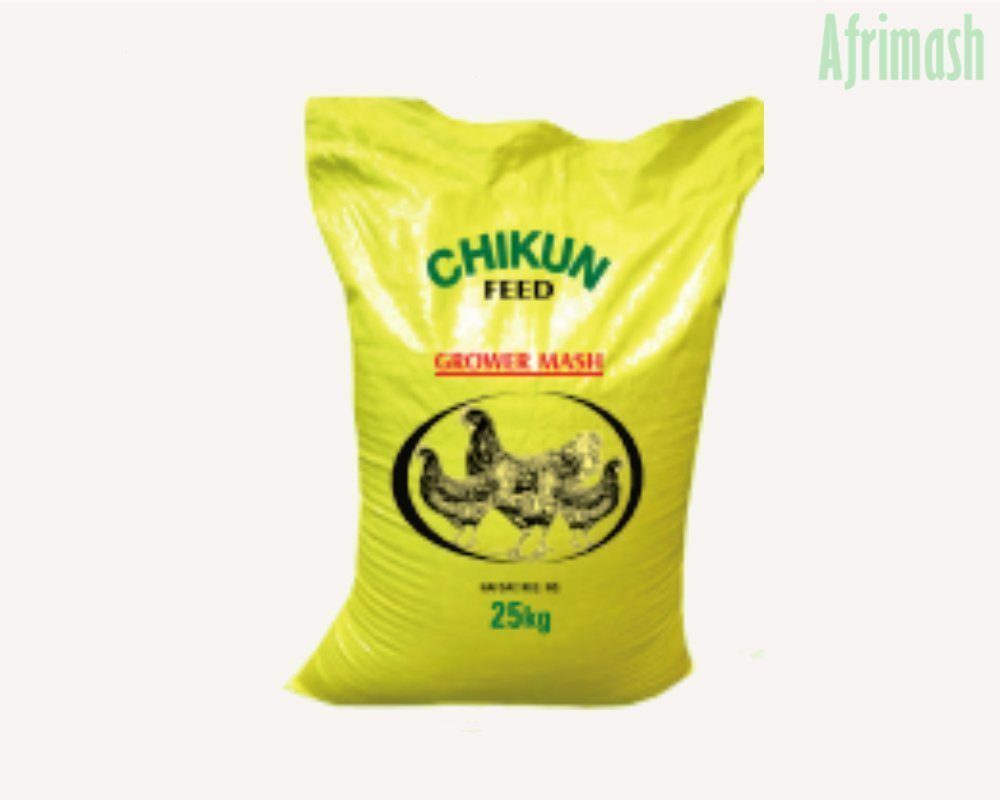

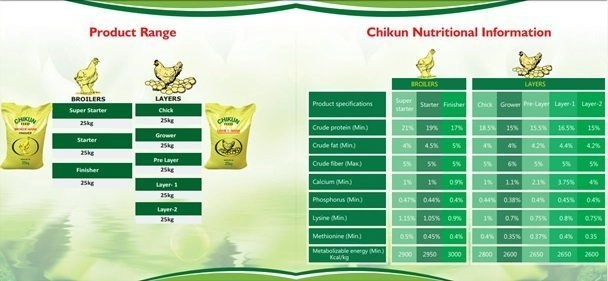
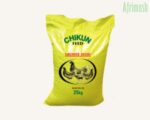
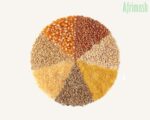

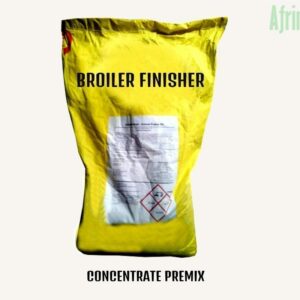

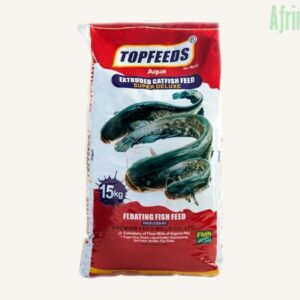
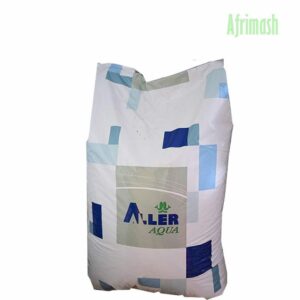
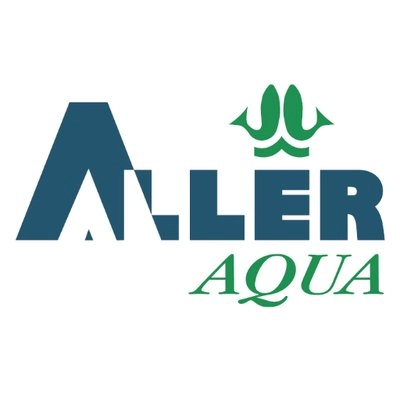
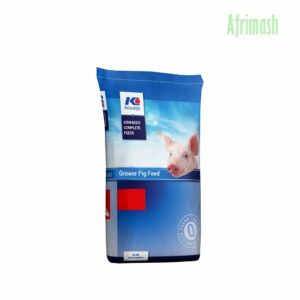
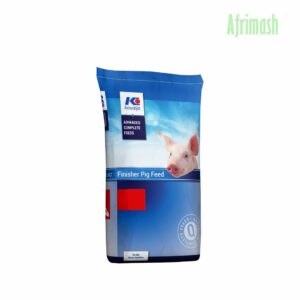
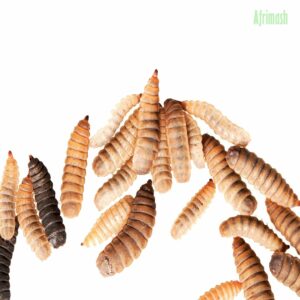
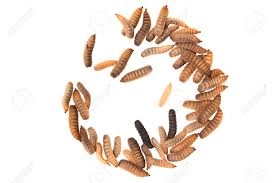
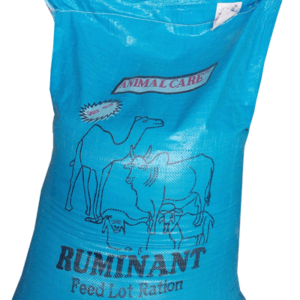
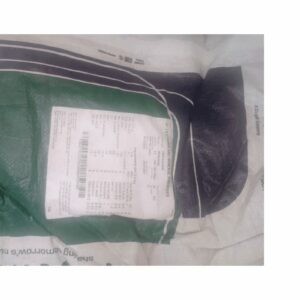
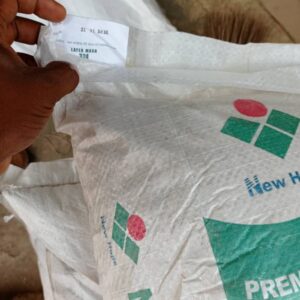
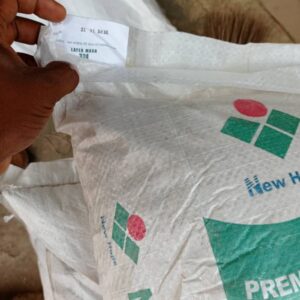
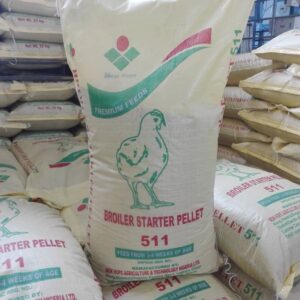
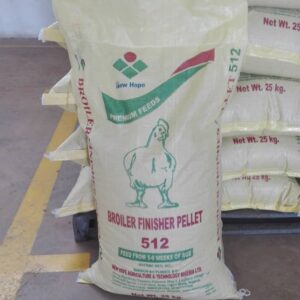
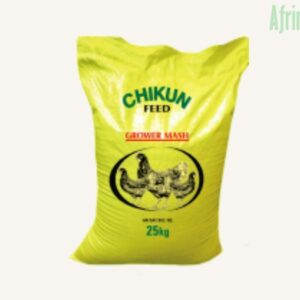
Reviews
Clear filtersThere are no reviews yet.